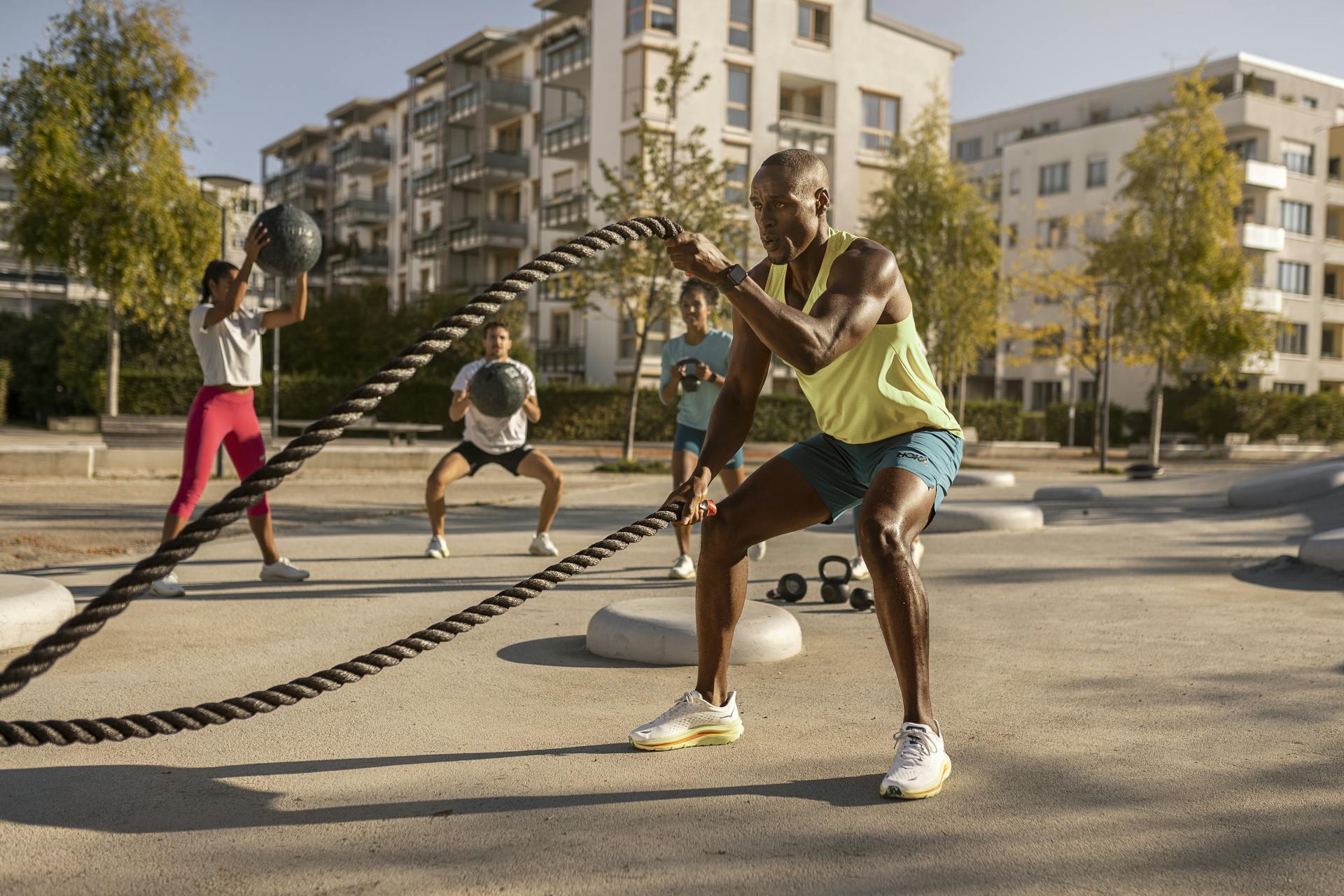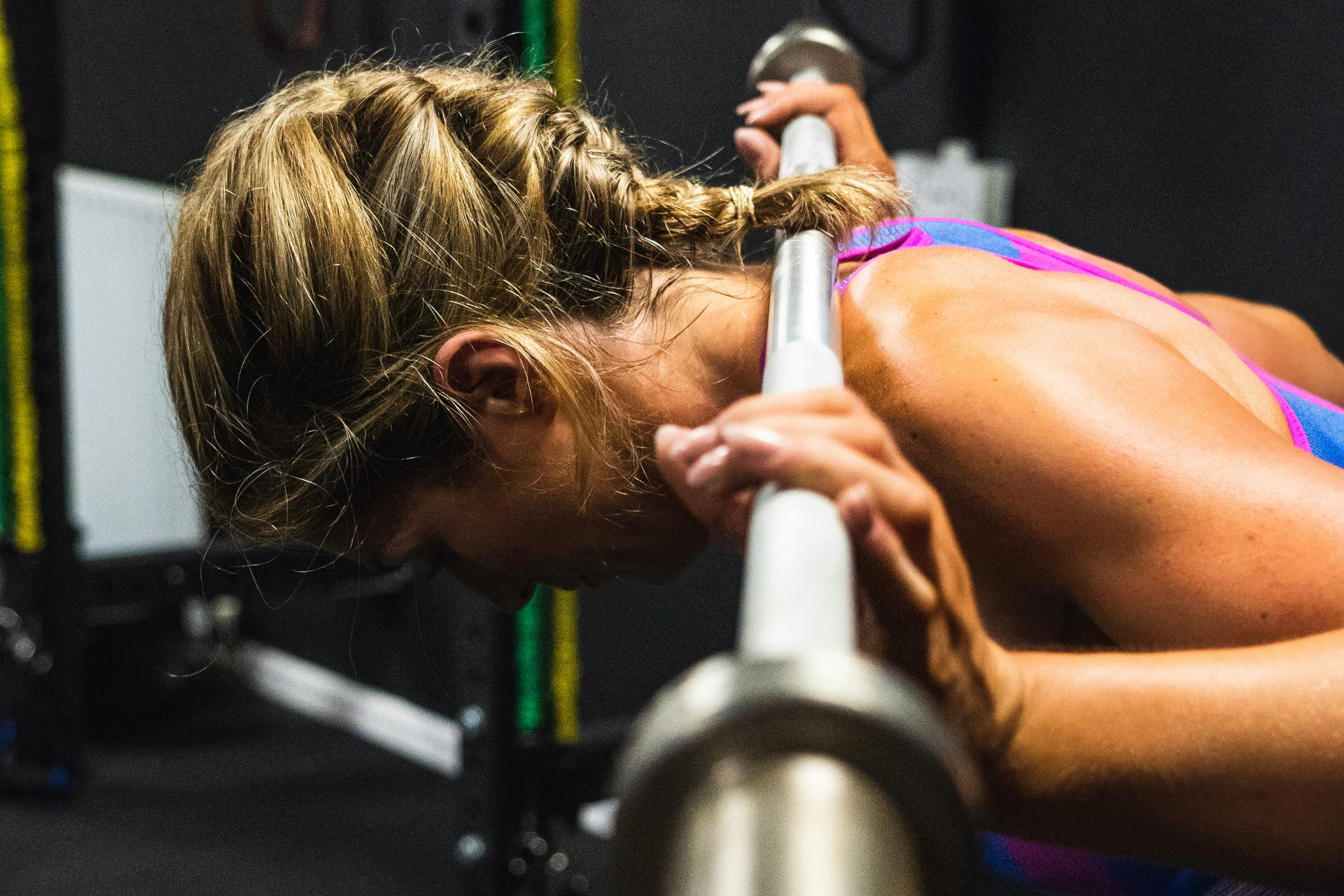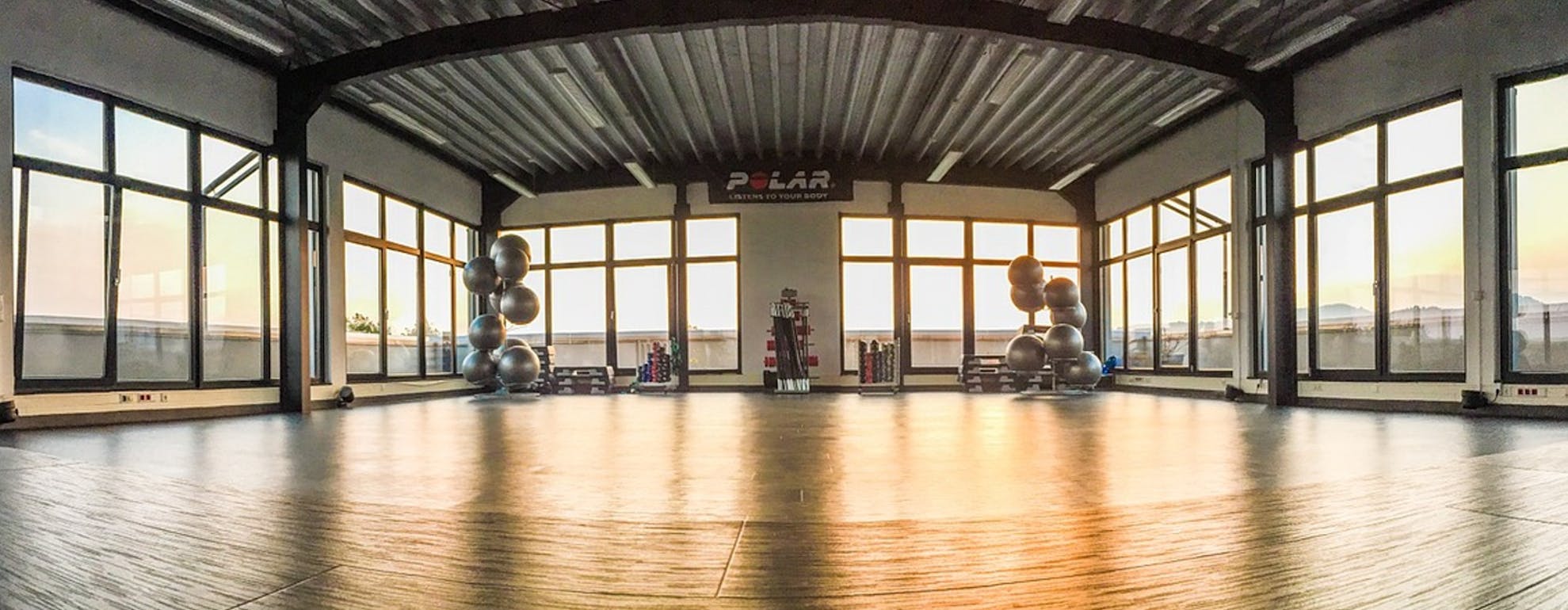
Training
The 4 Different Types of Strength Training
The basic principle of strength training is to use weight and force through a series of repetitive exercises, to cause changes in body strength, endurance and size by overloading a group of muscles.
Strength training typically includes using weight machines at the gym or lifting free weights, however, you can also use your own body weight and resistance bands. Gym equipment supports your body for you, ensuring you’re in the right position when lifting, allowing for good form and making it easier to isolate muscle groups. Free weights or using your own body weight, on the other hand, force you to think more about how you correct your position, allowing you a better understanding of your body.
There are four different techniques in which people can use weight to build up key aspects of strength. The main difference between the techniques is the number of times you perform each exercise (repetitions) and the number of times you complete a group of reps (known as a set).
Beginners should start with lighter weights; it’s crucial that you get your technique and form completely correct before you challenge your muscles with weight increases.

The four different types of strength training are:
1. STRENGTH TRAINING FOR MUSCLE POWER
This technique aims to improve the muscles’ explosive power; this training increases your ability to perform a powerful movement in minimal time. For example, jumping or launching into a fast sprint. This type of training is often used to help people improve their athletic performance. This sort of training will engage your ‘fast-twitch muscle fibres’ (which generate more power and strength than ‘slow-twitch muscles fibres’) but will however fatigue much faster and require more time for recovery.
2. STRENGTH TRAINING FOR MUSCLE STRENGTH
This type of training is designed to achieve maximum strength and size i.e. the ability to lift or push heavy weights. Powerlifters train for muscle strength and bodybuilders train for muscle size. The bigger the muscle fibres, the more force they will be able to exert.

3. STRENGTH TRAINING FOR MUSCLE HYPERTROPHY
This technique is especially useful for weight loss, helping to achieve a toned look and increasing the amount of lean muscle in the body. It can also help counteract the age-related muscle loss that can lead to frailty.
4. STRENGTH TRAINING FOR MUSCULAR ENDURANCE
Fast-twitch fibres are the largest and most powerful muscle fibres in your body and if you exert a greater the intensity to your training then the more you’ll tap into your fast-twitch fibres. Muscular endurance training however, engages your ‘slow-twitch muscles fibres’, allowing you to keep performing a movement, such as rowing, for a prolonged period of time. Your body recruits muscle fibres based on the force demands placed on it, so for muscular endurance sports, your strength training will focus on lower force demands that build up your slow-twitch fibres.
Looking for some training tips and advice? Then head over to our Training category where our athletes and experts explain everything you need to know.
Welcome
Welcome to the SportsShoes Training Hub! We’ve teamed up with athletes and experts to bring you the very best advice on how to maximise your workouts and achieve your best results.
Read More
Share this
Featured articles
View All



